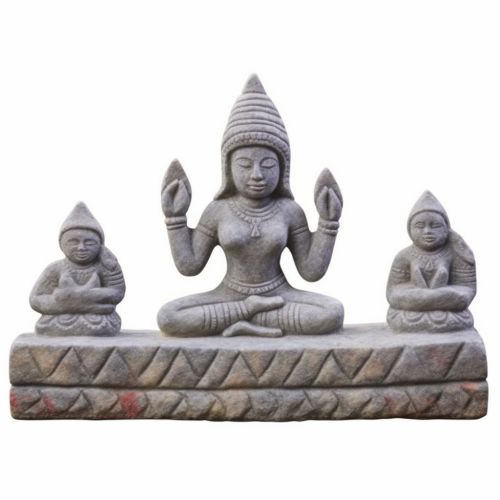Yoga
Introduction
Yoga is a group of physical, mental, and spiritual practices or disciplines which originated in ancient India. It is one of the six orthodox philosophical schools of Hinduism, but it has also been influential in Buddhism and Jainism, among other traditions. The term "yoga" in the Western world often denotes a modern form of Hatha yoga and yoga as exercise, consisting largely of the postures or asanas.
History
The origins of yoga have been speculated to date back to pre-Vedic Indian traditions, possibly in the Indus valley civilization around 3000 BCE. Yoga is mentioned in the Rigveda, and also in the Upanishads, around 500 BCE. The Yoga Sutras of Patanjali, from the first half of the first millennium CE, is one of the key surviving classical texts on yoga.


Philosophy
Yoga's philosophy is based on the concept of moving towards the realization of one's spiritual nature. It is a system of practices intended to heighten self-awareness and self-understanding. Yoga philosophy is rooted in a physical culture of health and well-being that is still emphasised today at yoga retreats and in yoga studios worldwide.
Types of Yoga
There are many types of yoga. Some of the most well-known include Hatha yoga, Ashtanga yoga, Vinyasa yoga, Bikram yoga, Kundalini yoga, and Yin yoga. Each type has its own focus and techniques, but all are based on the practice of postures, breath control, and meditation.
Practice
The practice of yoga involves performing postures (asanas), controlled breathing (pranayama), meditation (dhyana), and the adoption of specific ethical and moral behaviors. Regular practice can offer numerous health benefits, including increased flexibility, improved strength and balance, reduced stress and anxiety, and improved overall well-being.
Health Benefits
Numerous studies have shown that yoga can provide various health benefits. These include improved cardiovascular health, increased strength and flexibility, reduced symptoms of stress and anxiety, improved sleep quality, and enhanced overall well-being. It is also often used as a form of therapy for various health conditions, including heart disease, cancer, and mental health disorders.


Risks and Precautions
While yoga is generally considered safe for most people, it's important to practice with caution. Certain postures should be avoided by individuals with specific health conditions, and all postures should be performed under the guidance of a trained instructor. It's also essential to listen to your body and avoid pushing yourself beyond your comfort level.
